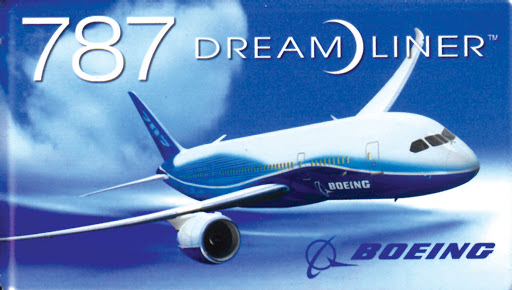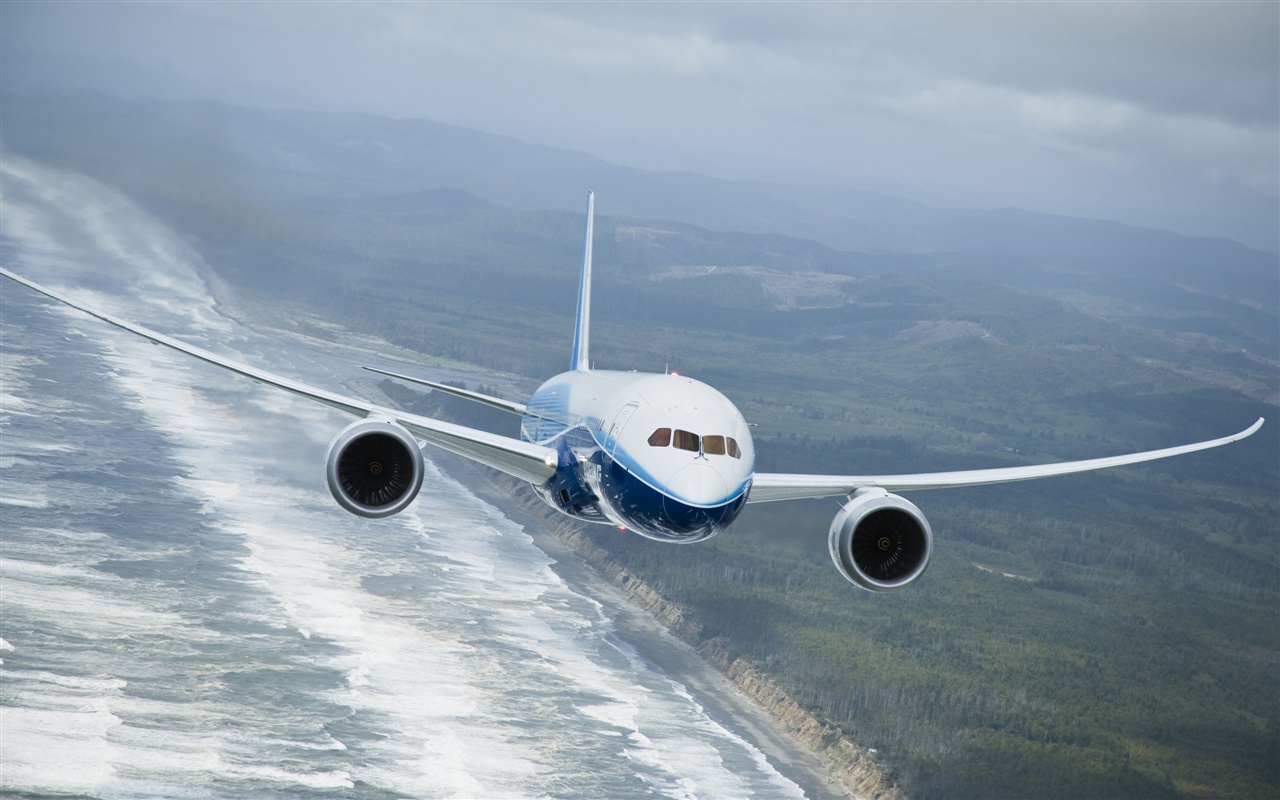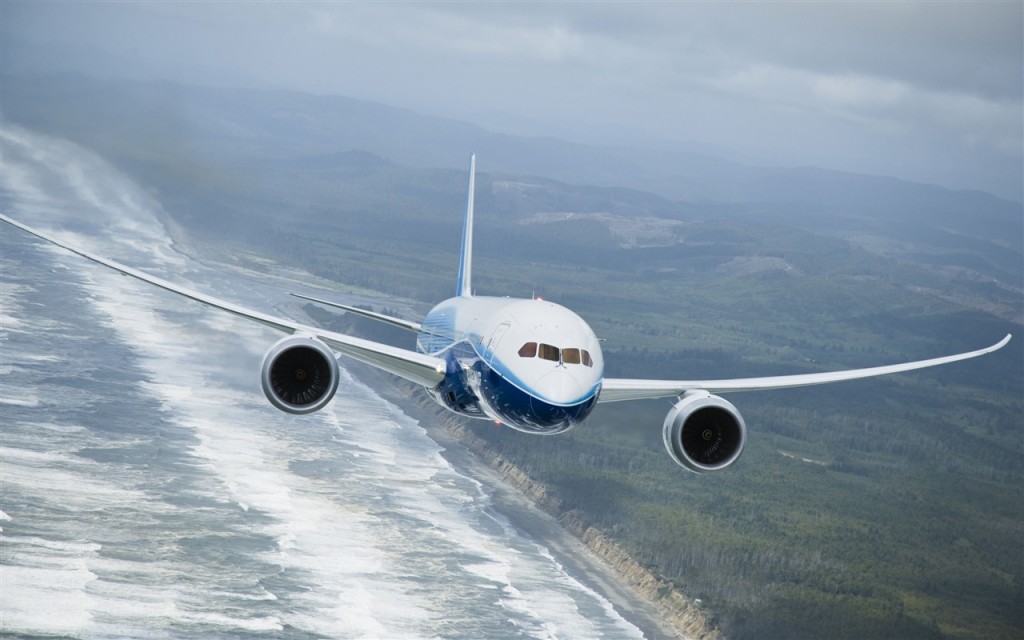Leeham News and Analysis
There's more to real news than a news release.
Enhancing the Dreamliner, Part 3: 787-9
Subscription Required
By Vincent Valery
Introduction
Oct. 22, 2020, © Leeham News: After analyzing the 787-8, we now turn our attention to the following Dreamliner variant that entered into service, the -9.
Summary
- Lessons learned from 787-8 mishaps;
- A resounding commercial success;
- Some in-service drawbacks;
- Competition limits pricing power;
- An ultra-long-haul route.
Enhancing the Dreamliner, Part 2: The 787-8 analyzed
Subscription Required
By Bjorn Fehrm
Introduction
October 15, 2020, © Leeham News: We look deeper at the 787-8, the smallest member of the Dreamliner family. After selling well initially, it has fallen out of favor with the airlines.
We analyze why by comparing it with its more successful sister, the 787-9. The 787-8 and -9 were conceived together, with the -8 as the first birth to be quickly followed by a longer version, the 787-9.
With the troubles of the program, it took three years before the longer 787 was ready. By then it was in many ways a different aircraft than the 787-8.
Summary
- The 787-8, as the first aircraft in the 787 Dreamliner series had to crack the brunt of the program’s many problems.
- As a result, it ended up with first try solutions in many areas where the latter 787-9 could gain from the experience and use improved designs.
- We analyze what this means for the economy for the 787-8, both from an operational and manufacturing standpoint.
Enhancing the Dreamliner, Part 1: the 787-8
Subscription Required
By Vincent Valery
Introduction
Oct. 8, 2020, © Leeham News: The Dreamliner program is approaching its 1000th delivery less than 10 years after entry into service. It is the fastest-ever delivery ramp-up for any twin-aisle program.
However, the milestone will feel bittersweet due to the upcoming production rate cuts (to six per month from 14) and the decision to close the Everett final assembly line and concentrate final assembly to South Carolina.
As outlined several times before, air travel recovery in the aftermath of the COVID-19 outbreak will take years. Long-haul markets, which the 787 serves, should be last to return to normal.
The above means Boeing will deliver far fewer 787s over the next five years than it envisioned at the beginning of the year. Any significant upgrade of the aircraft is off the table for the foreseeable future. To boost sales and profitability, the American OEM is looking at how to improve its product line at minimal costs.
LNA published an article last month about Boeing’s study into lowering 787-8 production costs.
By the end of August 2020, Boeing had 48, 333, and 145 outstanding orders for the -8, -9, and -10, respectively. LNA estimated the total to be 38, 299, and 145, respectively, after adjusting for orders at risk.
We will, in our series, go through the different models in the product line, their history, and potential for further improvements now that the product line approaches midlife.
Summary
- Significant development problems and delays;
- A compromise(d) design leads to initial limitations;
- Deliveries slowed after post-EIS rush;
- The problem Boeing did not want to address;
- A long-haul route highlights potential enhancements.
R&D spending at Boeing plunges; Airbus yet to kick in
Subscription Required
By Scott Hamilton
Introduction
Aug. 24, 2020, © Leeham News: Research and development spending at Boeing Commercial Airplanes declined 21% in the first half this year compared with 2019.
From 2017 through 2019, BCA’s R&D spending declined 13%.
During the first half this year, Airbus Commercial airplanes R&D spending declined 1%. From 2017-2019, R&D spending increased 31%.
Boeing’s decline in 2019 vs 2018 and the first half of 2020 vs 2019 clearly reflects the grounding of the 737 MAX.
The flat spending in 2017-2018 reflects Boeing’s corporate approach of keeping R&D spending level while returning 100% of free cash flow to shareholders.
Airbus, on the other hand, was aggressively pursuing green aviation R&D, driven by a European Union that is more dedicated to green aviation than the USA is.
Summary
- COVID-19 related R&D spending cuts may not be fully seen until the third quarter.
- Boeing suspended R&D spending on the New Midmarket Airplane in January. Coupled with MAX grounding pressure, Boeing’s spending was already depressed.
- Airbus said it was suspending all R&D except for the A321XLR after the global COVID devastation on air passenger demand.
- Airbus historically outspends Boeing in R&D.
Better to bring capacity back with a 787-10 or 777-300ER
Subscription Required
By Vincent Valery
Introduction
May 14, 2020, © Leeham News: Last week, we compared the economics of the Boeing 777-300ER and 777-9 on the world’s busiest intercontinental route. The older aircraft proved a viable alternative, thanks to low fuel prices and low capital costs. We will now turn our attention to the step-down case mentioned in the article.
We will look at the market developments in the twin-aisle market and compare the economics of the 777-300ER with the 787-10 on the JFK to London Heathrow route to find out how attractive such an option is.
Summary
- 777X hot when launched;
- A materially different market for customers seven years on;
- Leads airlines to consider large twin order conversions.
Bjorn’s Corner: Why e in ePlane shall stand for environment, Part 11. More electric aircraft.
February 28, 2020, ©. Leeham News: We now look at technology developments that make sense, and can deliver real improvements in the near future.
We start in this Corner with what more electric aircraft and engines can bring.
Assessing airlines’ widebody replacement needs
Subscription Required
By Vincent Valery
Introduction
Feb. 3, 2020, © Leeham News: As part of the 777X maiden flight, Boeing briefed the media on its demand forecast for the large widebody market. The OEM sees a demand to replace between 60 and 100 aircraft annually in that market segment until 2030.
Last week we estimated the number of narrowbody aircraft where airlines still need to place a replacement order. We now perform a similar analysis for the widebody market.
OEMs are struggling to cope with the insatiable demand for latest-generation narrowbody aircraft. However, the situation is different in the widebody market. After significant orders and deliveries during most of the last decade, demand is sharply slowing now.
After announcing a 787 Dreamliner production rate cut last year from 14 to 12 per month, Boeing acknowledged it is expecting a further cut to 10 per month from early 2021. The company expects to return to rate 12 in 2023.
Airbus hasn’t announced any reduction in its A330neo or A350 production rates yet but acknowledged demand softness.
Both OEMs point to the significant widebody replacement needs that will arise later in the decade. We will analyze whether their hope for better days is justified.
We will also partially address why Boeing decided to go back to the drawing board on new aircraft design.
Summary
- At face value, numerous widebody aircraft to replace;
- Materially different customer mix from narrowbody aircraft;
- Varying demand, depending on aircraft size;
- Boeing forecast for the large widebody market;
- And a change of mind on the NMA;
- Replacement needs timelines.
To what level can Boeing’s remaining cash cow, the 787, pay the company bills?
By Bjorn Fehrm
Subscription Required
Introduction
January 9, 2020, © Leeham News: What a difference a decade made. In January 2010, the Boeing 787 Dreamliner had just made its much delayed first flight and its crisis was at its deepest. The aircraft would soon be more than three years late and its costs had more than doubled. One questioned if it would ever be a profitable program and how deep this money pit would drag Boeing?
Today, 10 years later, the 787 is Boeing Commercial Airplane’s sole cash cow, with a 737 MAX which can’t be delivered, the 777 in difficult migration to 777X and the 767 freighters just hanging in there profitability-wise.
But how profitable is the 787, eight years after its first delivery and coming from very red numbers? We look behind Boeing’s accounting rules to find how much of the company bills can be paid by Dreamliner profits when other programs can’t contribute.
Summary:
- Boeing uses US Program Accounting rules that allow production cost swings to be shuffled between the beginning and the end of an aircraft program.
- This presents nice quarterly profits in the program’s early days when there are actual losses but it comes around making mature aircraft programs less profitable than programs using international accounting rules where profits are calculated for each delivered aircraft (Unit based accounting).
- We go behind the Boeing quarterly figures to analyze how profitable the Dreamliner is over the next years, now when it needs to shoulder the cash cow mission for a wounded company.
Aviation Forum Munich: Vertical integration on the way back
By Bjorn Fehrm
November 5, 2019, ©. Leeham News at Aviation Forum Munich: The Aviation Forum kicked off in Munich today, a yearly production and supply chain event started by the Hannover based Institute for Production Management nine years ago.
Today’s conference themes were How the OEMs benefit from Supplier Innovation, Additive Manufacturing trends and discussions around Outsourcing and Insourcing.
Read more
Is reengining the Boeing 767 a good idea? Part 2.
By Bjorn Fehrm
Subscription Required
Introduction
October 24, 2019, © Leeham News: According to FlightGlobal, Boeing is investigating reengining the 767-400ER with GE GEnx engines to produce a new freighter and perhaps a replacement for the NMA project.
We started an analysis of what this would look like last week where we analyzed the aircraft fundamentals. Now, we continue with the capacities of passenger and cargo variants. Summary:
Summary:
- The 767-400ER is one size larger than the largest NMA. It would be a competitor to the Boeing 787-8. This makes the variant doubtful as an NMA replacement.
- As a cargo variant, it adds less than 20% of cargo volume on top of the present freighter, the 767-300F. Is this attracitve enough to motivate a reengine for a freighter?






